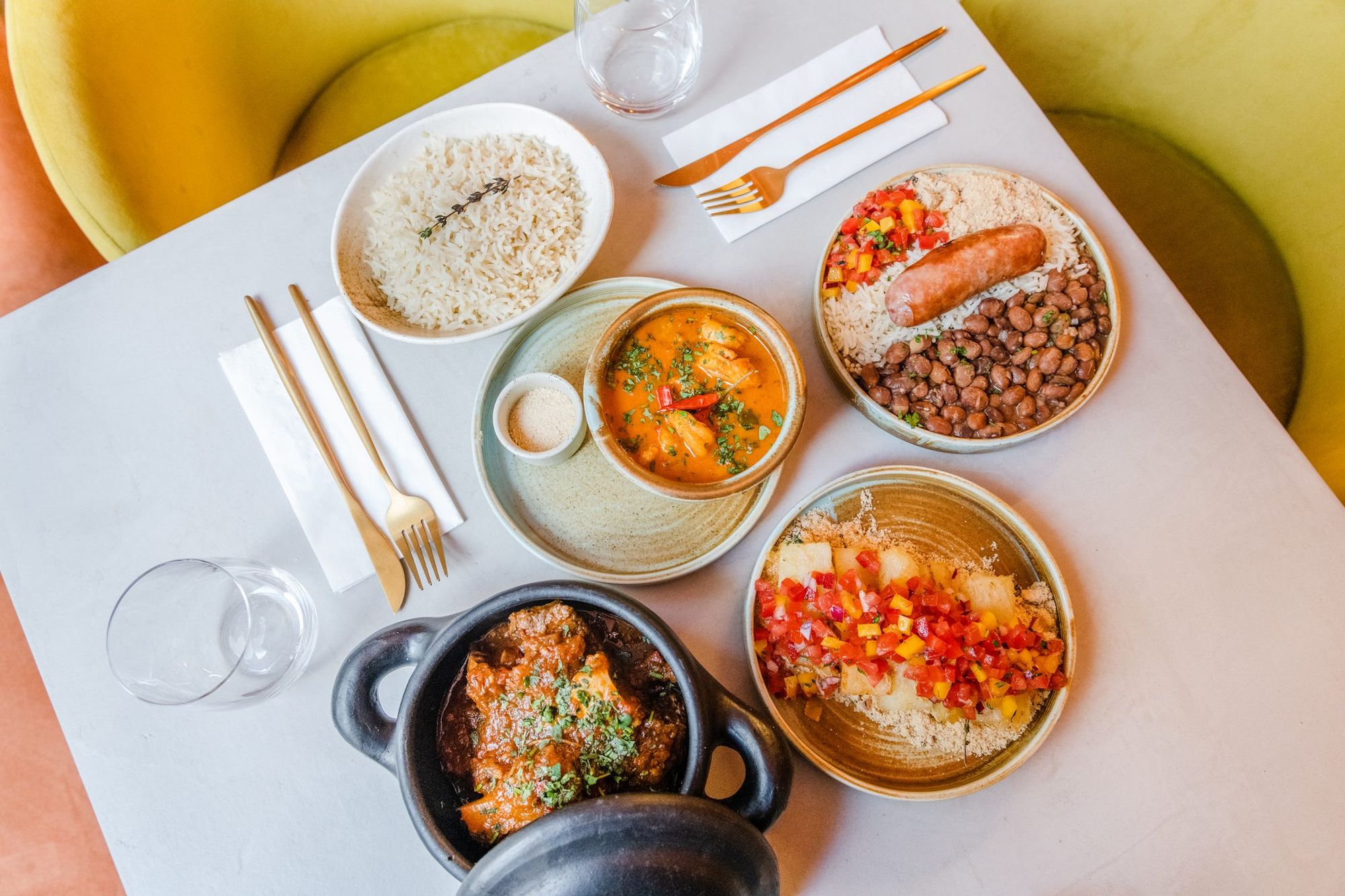Somewhere far far away, or rather across the Atlantic Ocean, an incredible continent awaits visitors to the Land of Paradise. While for us, Europeans, it’s hard to imagine a world so interconnected yet so diverse, we might get an impression from all the different characters that one finds in the Western Hemisphere. What may come as a surprise is that many inhabitants of the Americas choose Hungary, a small European country, as their new home. Join us for a visit to the world of North, Central, and South America in Budapest, moving beyond the clichés in an unusual double article.
America is made up of two distinct parts, North and South America. The continent pair, sometimes also called the New World, is said to have been discovered (in the Western sense) by Christopher Columbus in 1492. However, as the name of the explorer Amerigo Vespucci—who followed a few years later—was more widely known, history took the continents’ name from him. Today, America is home to nearly a billion people and its 35 official countries are home to a wide variety of cultures. From the towering peaks of the Pacific Mountain System to the endless steppes and tropical rain forests, it would probably take a lifetime to explore all its various facets. That is also why it would be impossible to make uniform claims about their gastronomy, as locally available ingredients and the different countries’ histories (wars, immigration, and emigration) have left strong imprints on their culinary traditions. While this may not be new, it can be surprising to discover the extent of the differences, even when focusing solely on the Latin American region.
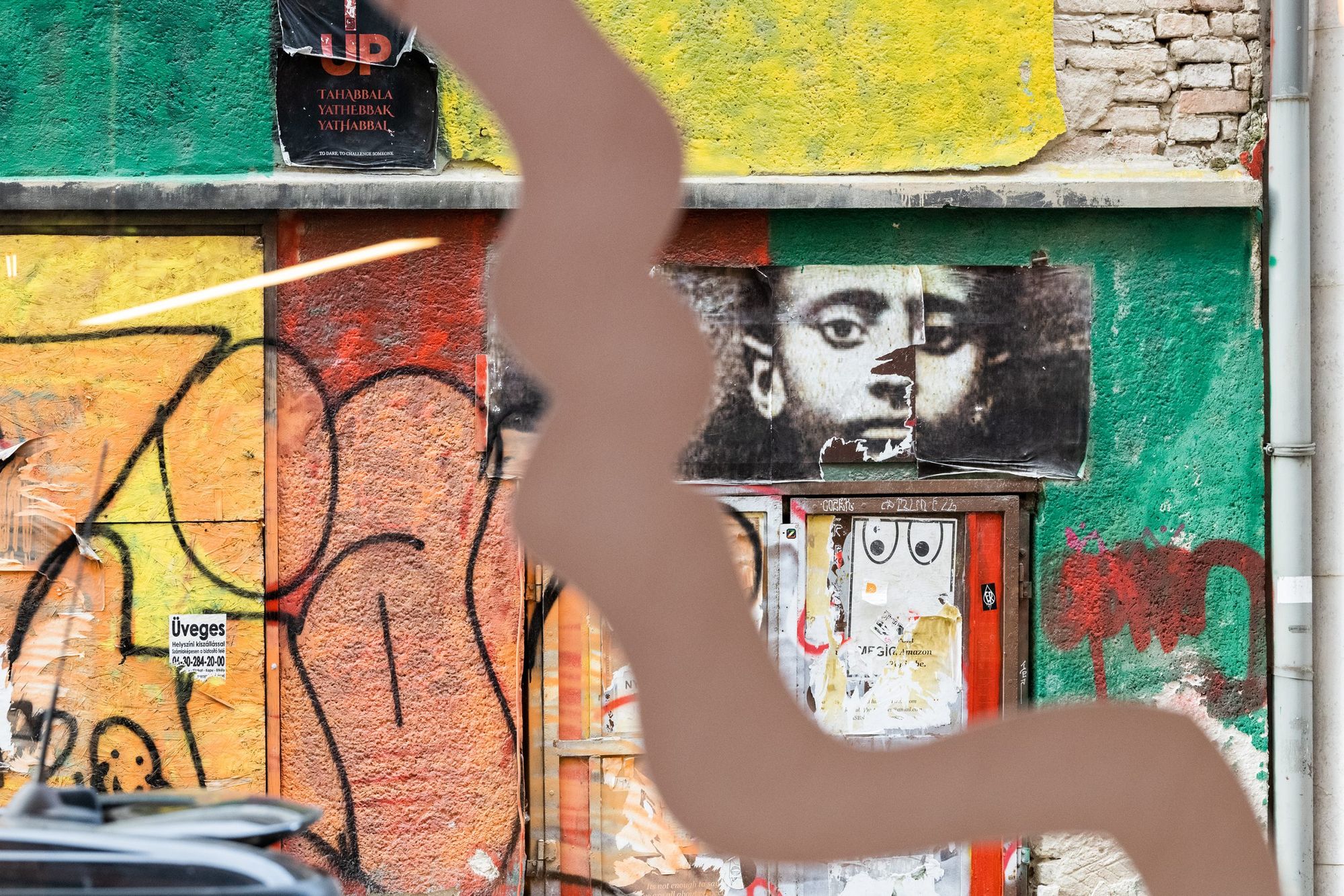
There are no precise figures on how many Americans live in Hungary. Even they don’t know the proportions, although many claims that the community is surprisingly large, with lots of expat families and mixed marriages. Partly because of the large distance between the two worlds it is more common that people of Latin America to come to Hungary for business rather than educational reasons. Finally, many end up staying because they quickly find a sense of home here. This is facilitated by their use of both English and Spanish, as the latter is also a world language thus it is easy to get by with throughout Europe. To narrow the scope of this article, we have chosen places that in one way or another originated in Latin America. Importantly, although we can identify a source country for most, there is no aversion to the others—Argentine, Cuban and Brazilian will all make good friends here.
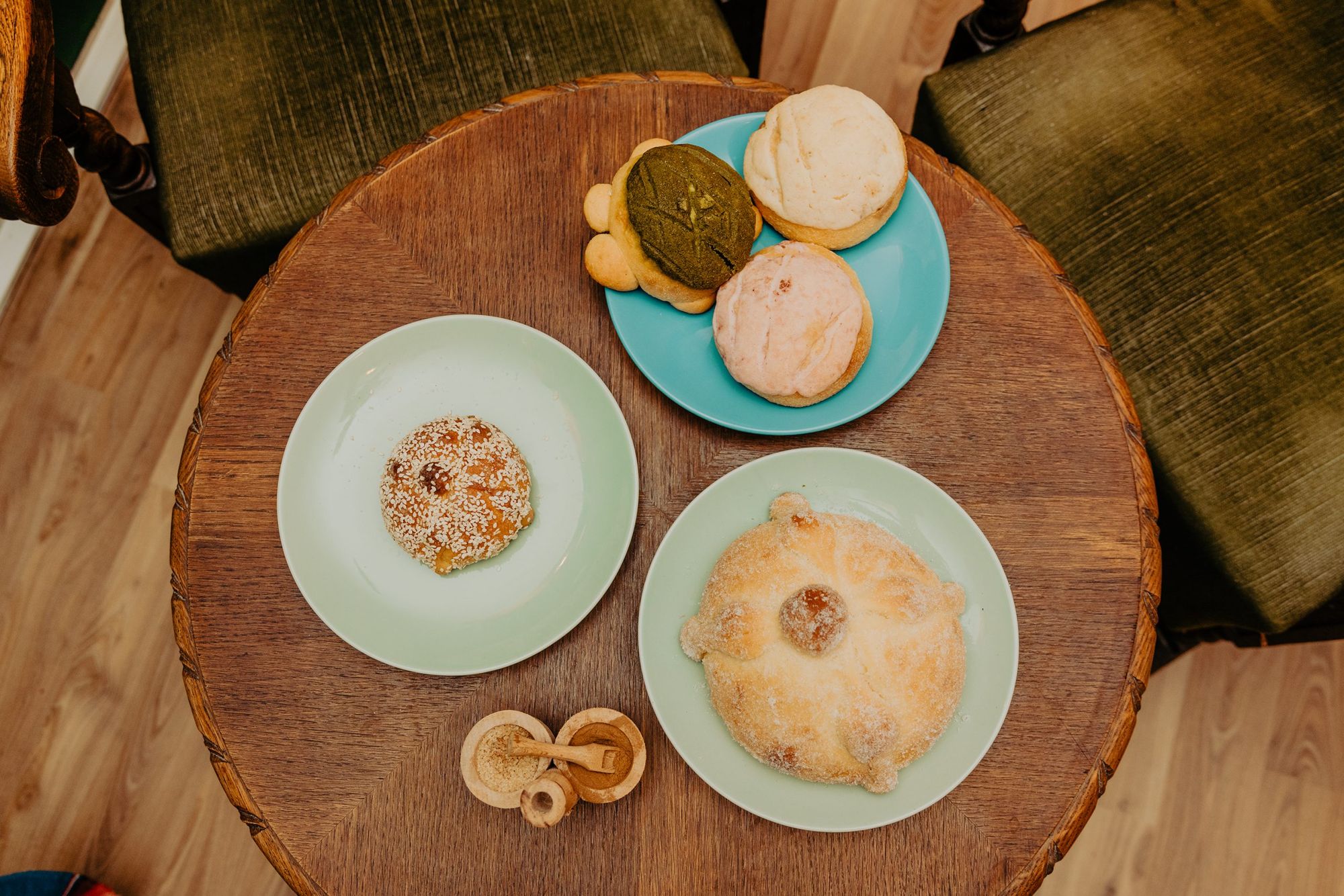
For starters, we couldn’t have missed the envoy from the North, Tortuga és Pohánka bakery, straight from Mexico. Owner Karen Avila grew up in modest circumstances, partly in Mexico and partly in the United States. Although she was close to nature and had the good fortune to eat fresh fruits and vegetables, she witnessed the deprivations imposed by poverty when she moved to the city. To escape this, she chose a career in teaching, started traveling, and finally found a new life and love in Hungary. After marrying her Hungarian partner, she set herself a new goal: to produce and offer quality products at affordable prices. She had always loved baking, so she trained as a baker and bought a house with a garden in southern Hungary, where she started growing her own produce. Soon they opened the Tortuga és Pohánka bakery together. Tortuga stands for turtle in Spanish while pohánka is the archaic Hungarian name for buckwheat, as even through their name, they intended to show the amiable and perfect fusion of the two cultures.

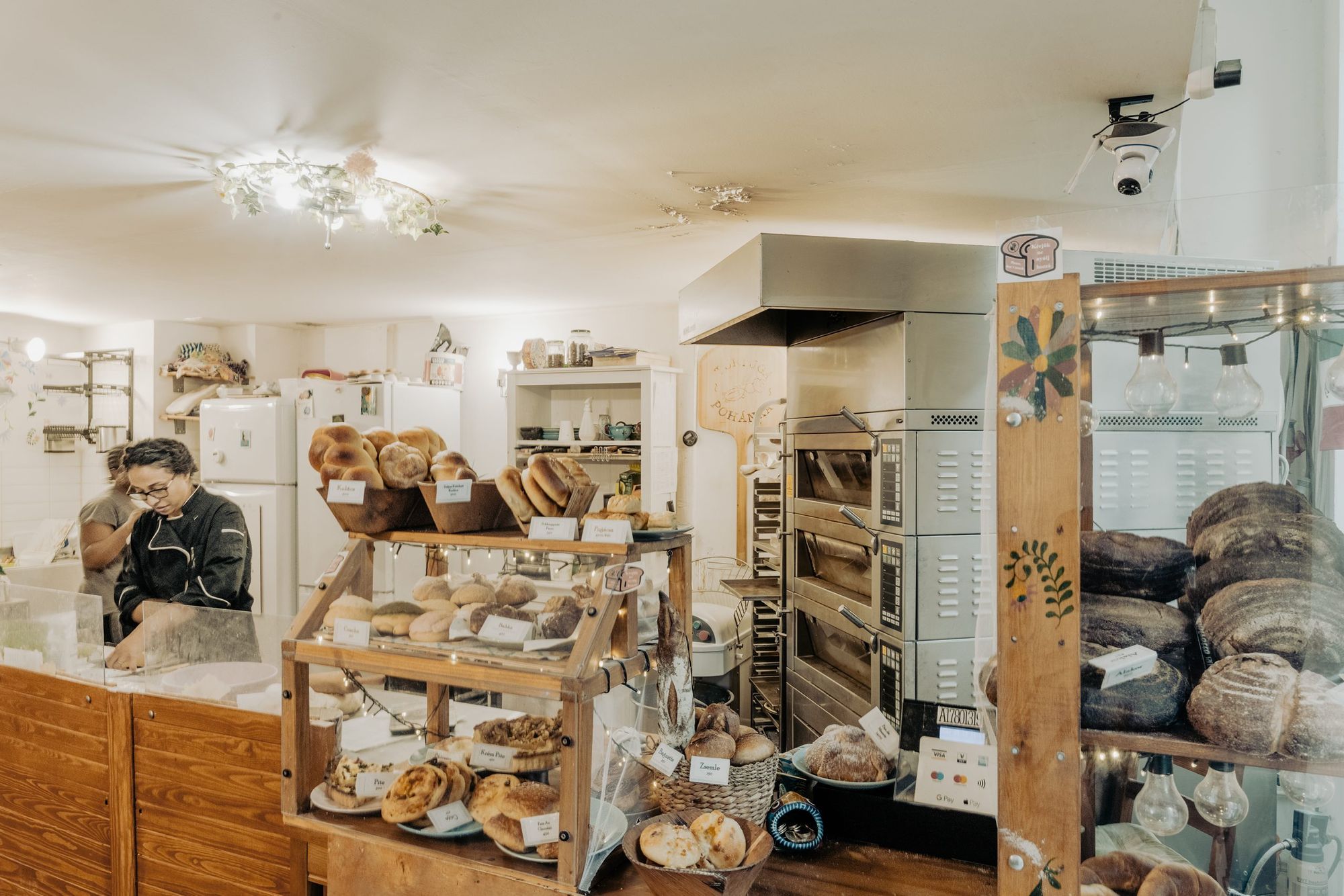
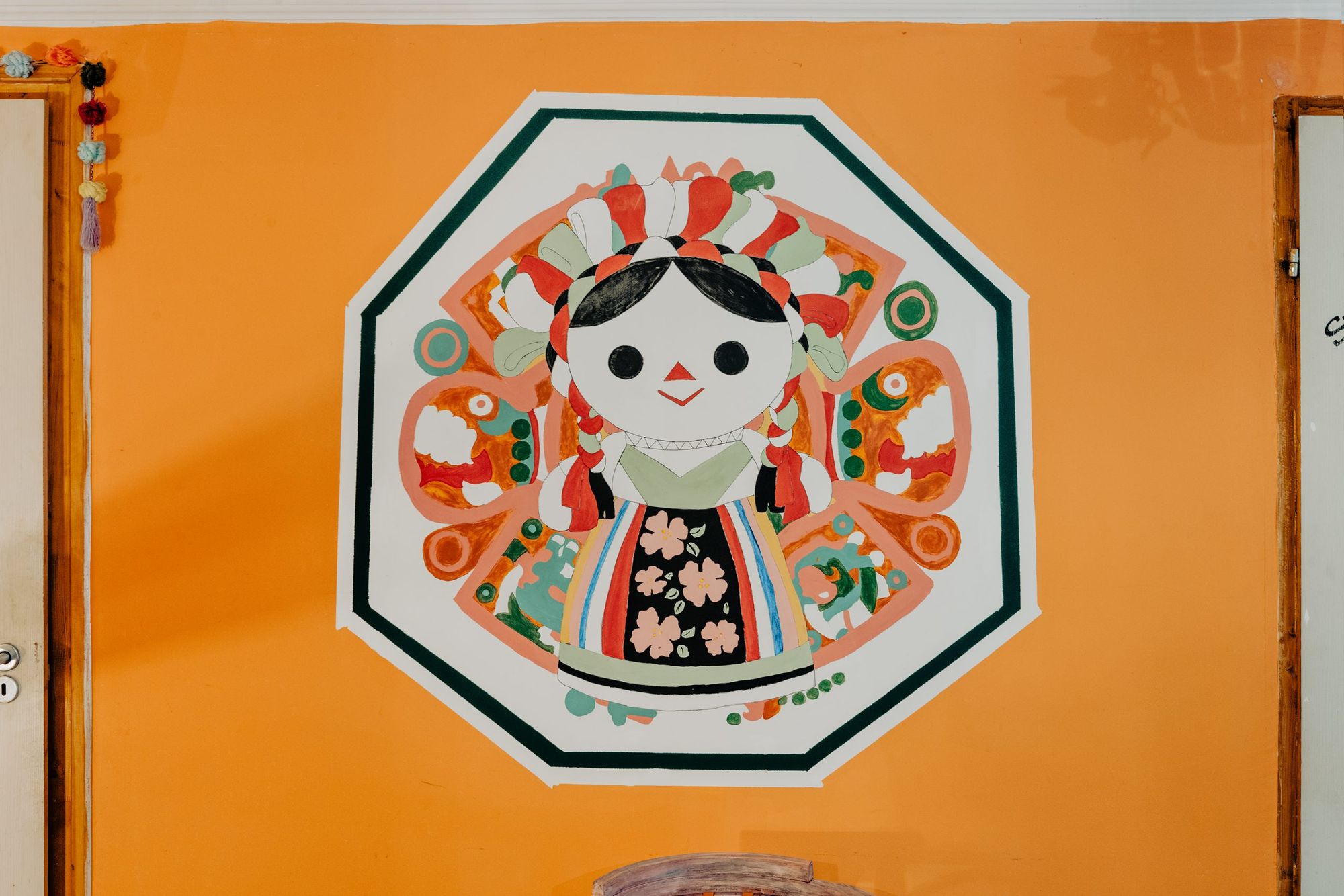
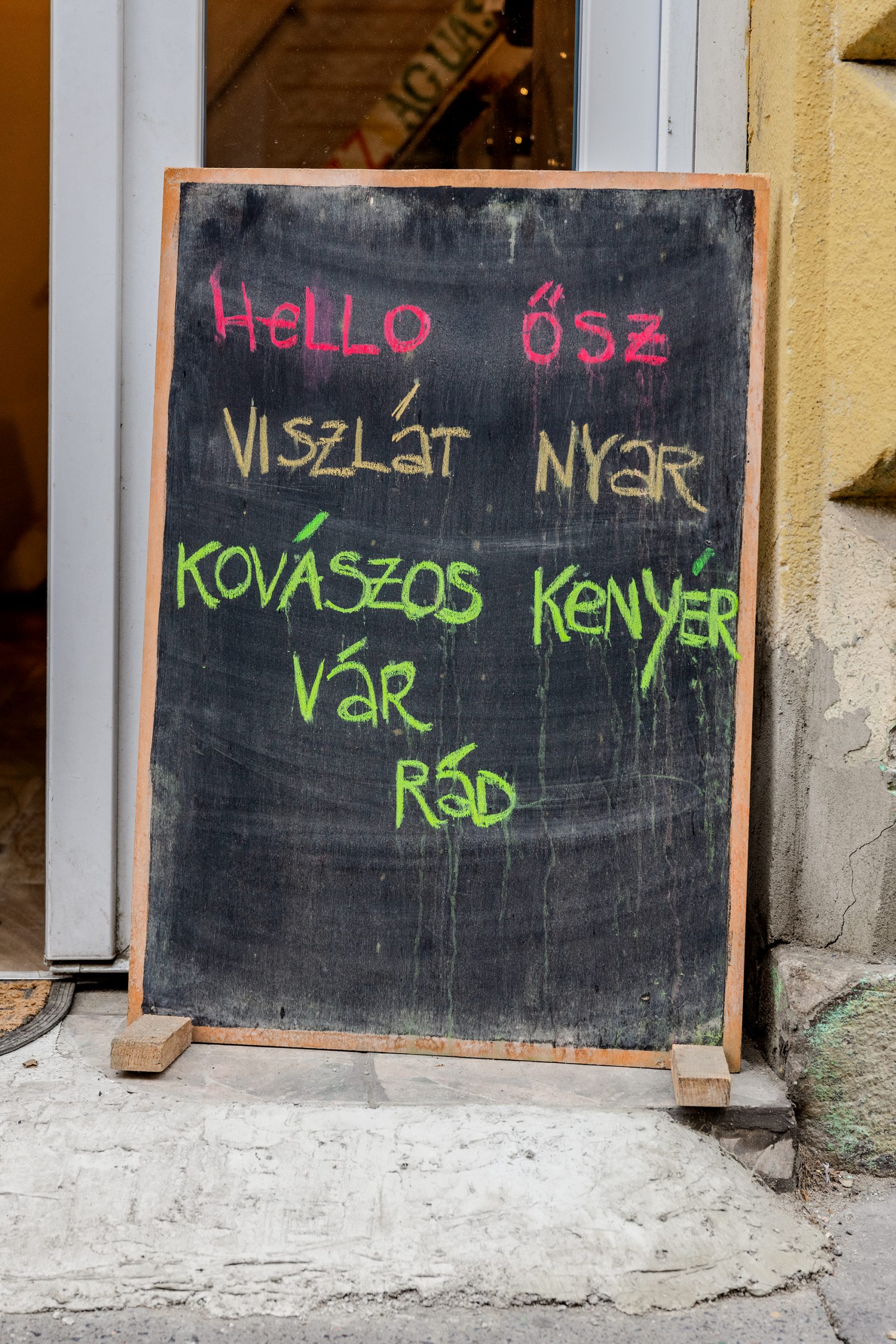
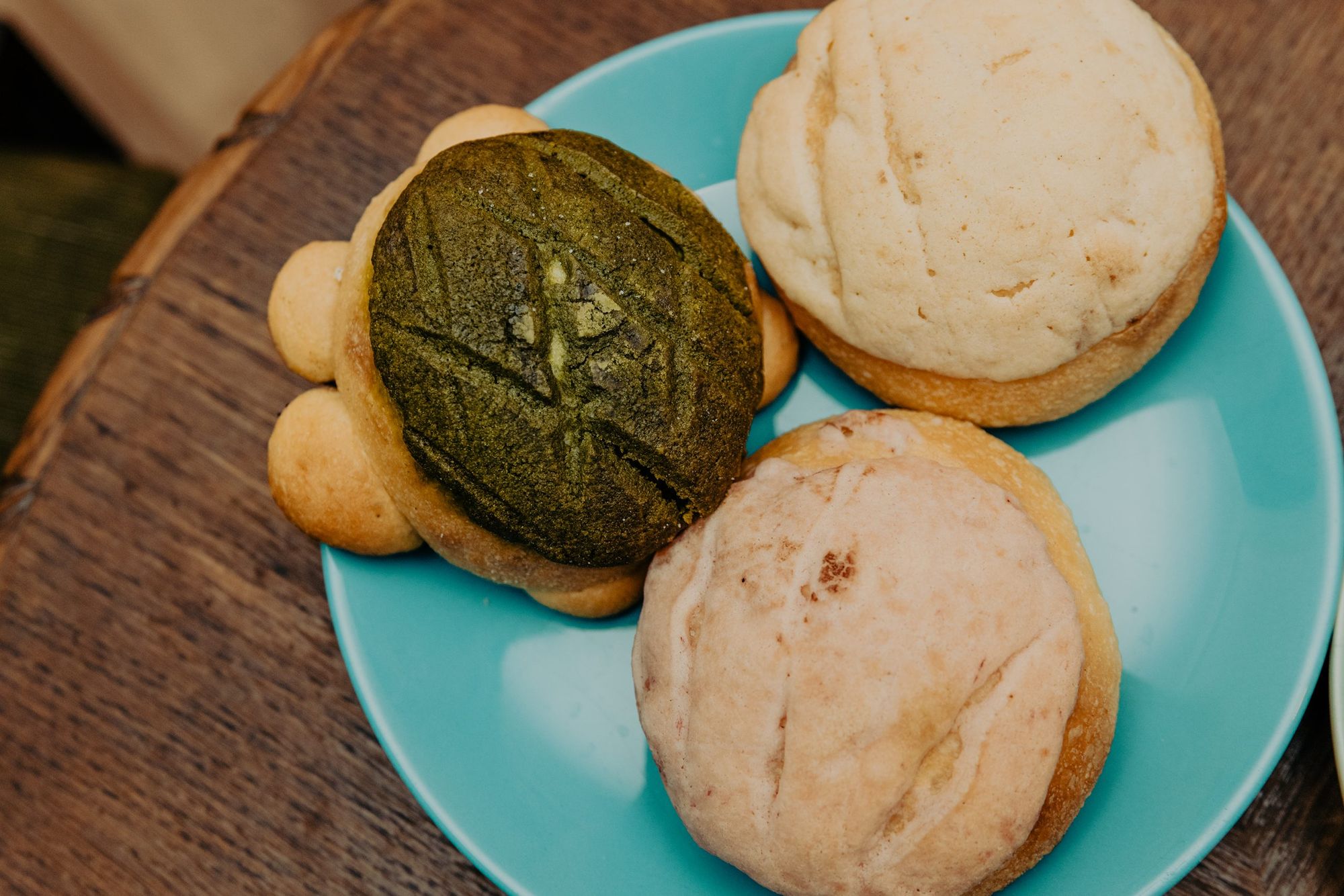
Although the shop opened on Wesselényi Street in Budapest just before the pandemic hit, their products helped them to survive. The offer is a true parade of traditional baked goods from both Hungary and Mexico. A lesser known, interesting fact is that Mexican breads and buns are usually sweet, as they are normally consumed with a glass of coffee as a sort of pre-breakfast, followed later by a more substantial meal. The concha, this Mexican sweet bun, is topped with a glaze (such as vanilla, strawberry, or matcha), but in the autumn a sesame-orange version is also served. Furthermore, many pastries have their special traditions: pan de muerto, for example, is made on the 1st of November, while their Christmas bread, rosca de reyes, is not only filled with candied fruit but also has a little figure of Jesus in it. Whoever finds the figurine, will be lucky next year (and will have to throw a party in February.) If you prefer filo pastry to yeast dough, you can choose orejas or sweet and savory ‘snails.’ In Mexico, spices and seeds are very popular, so lime, orange, and cinnamon delicacies are almost always on the counter, but those who prefer the savory flavors need not fear, as cream cheese and jalapeno pastries are also a big favorite here.

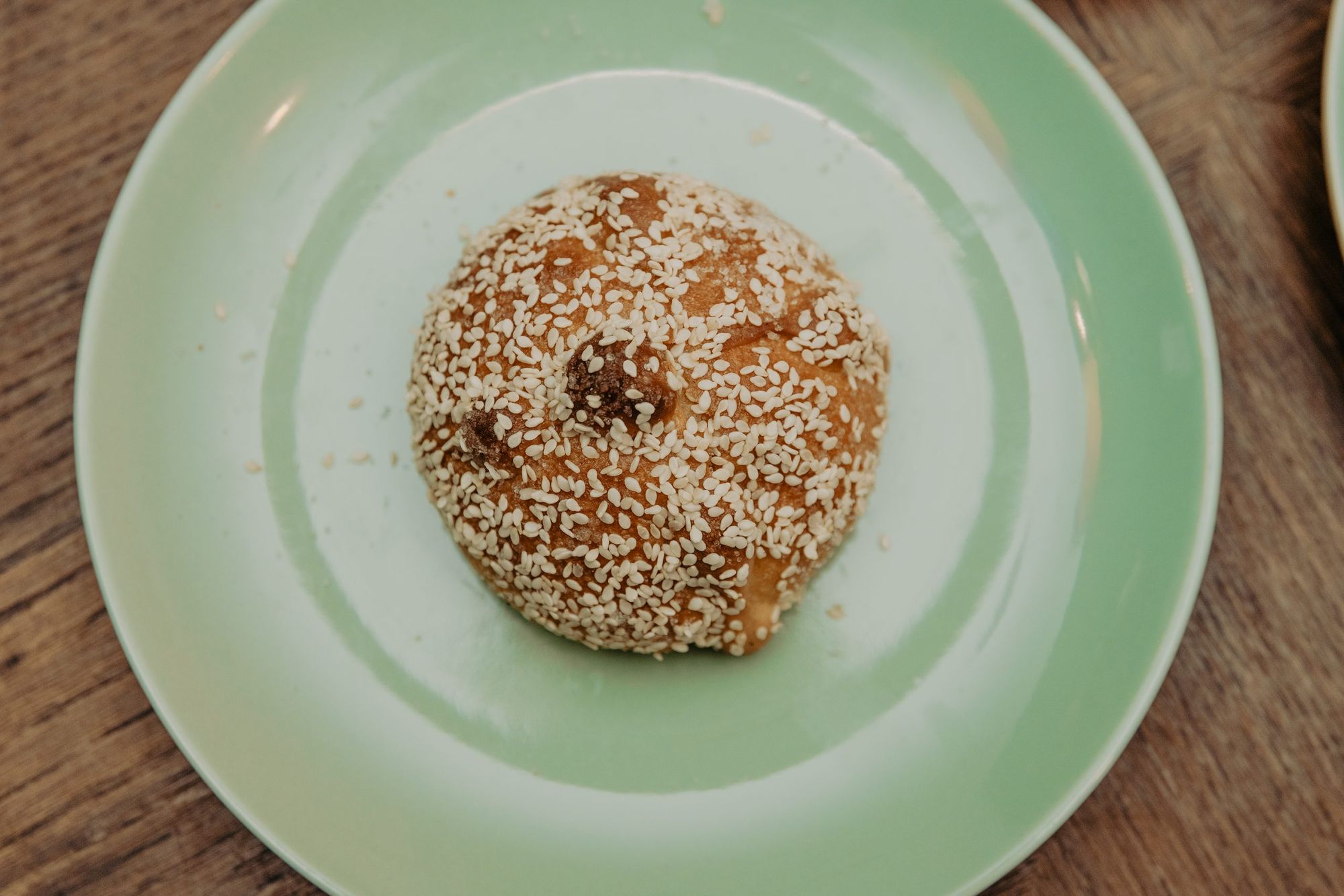
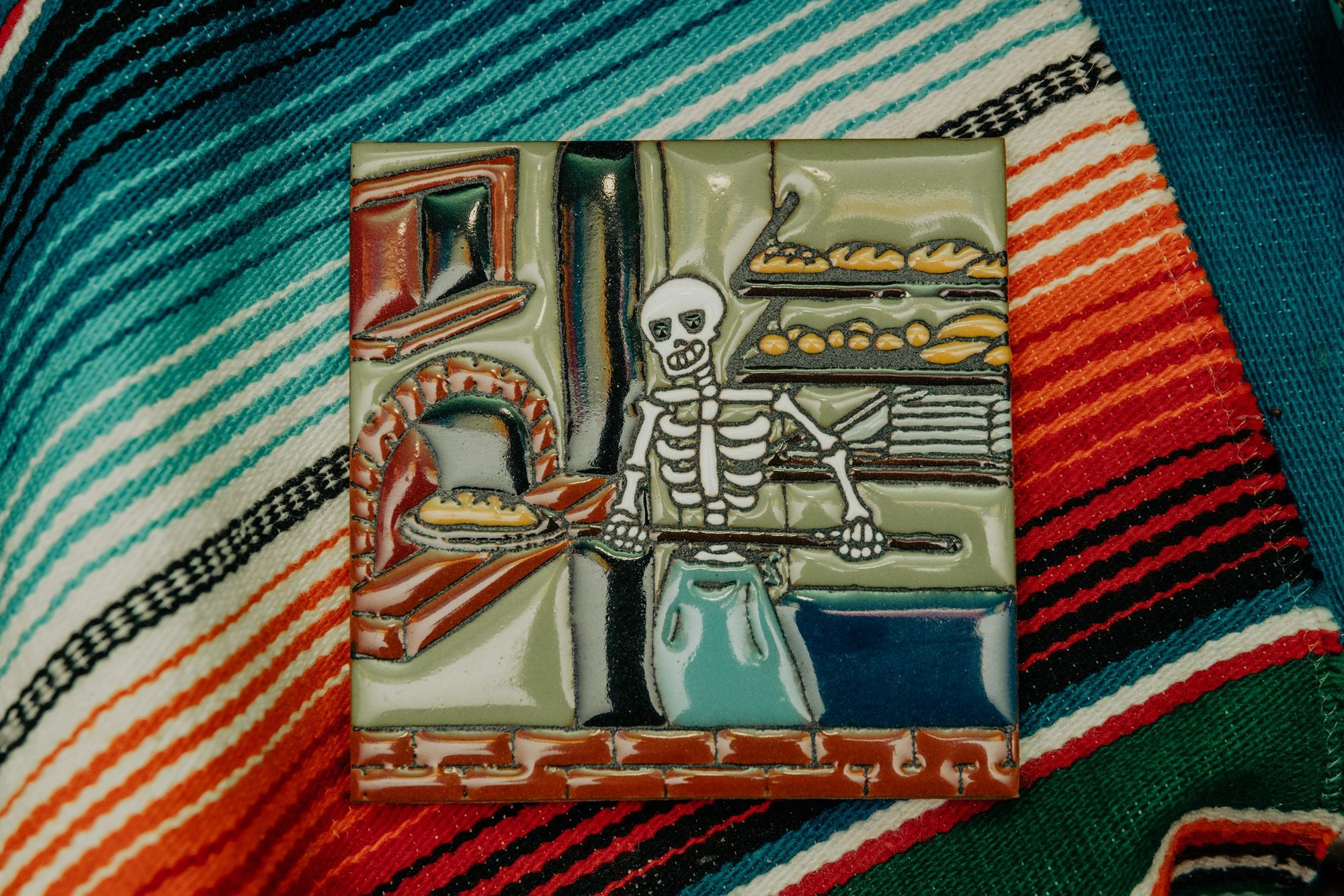
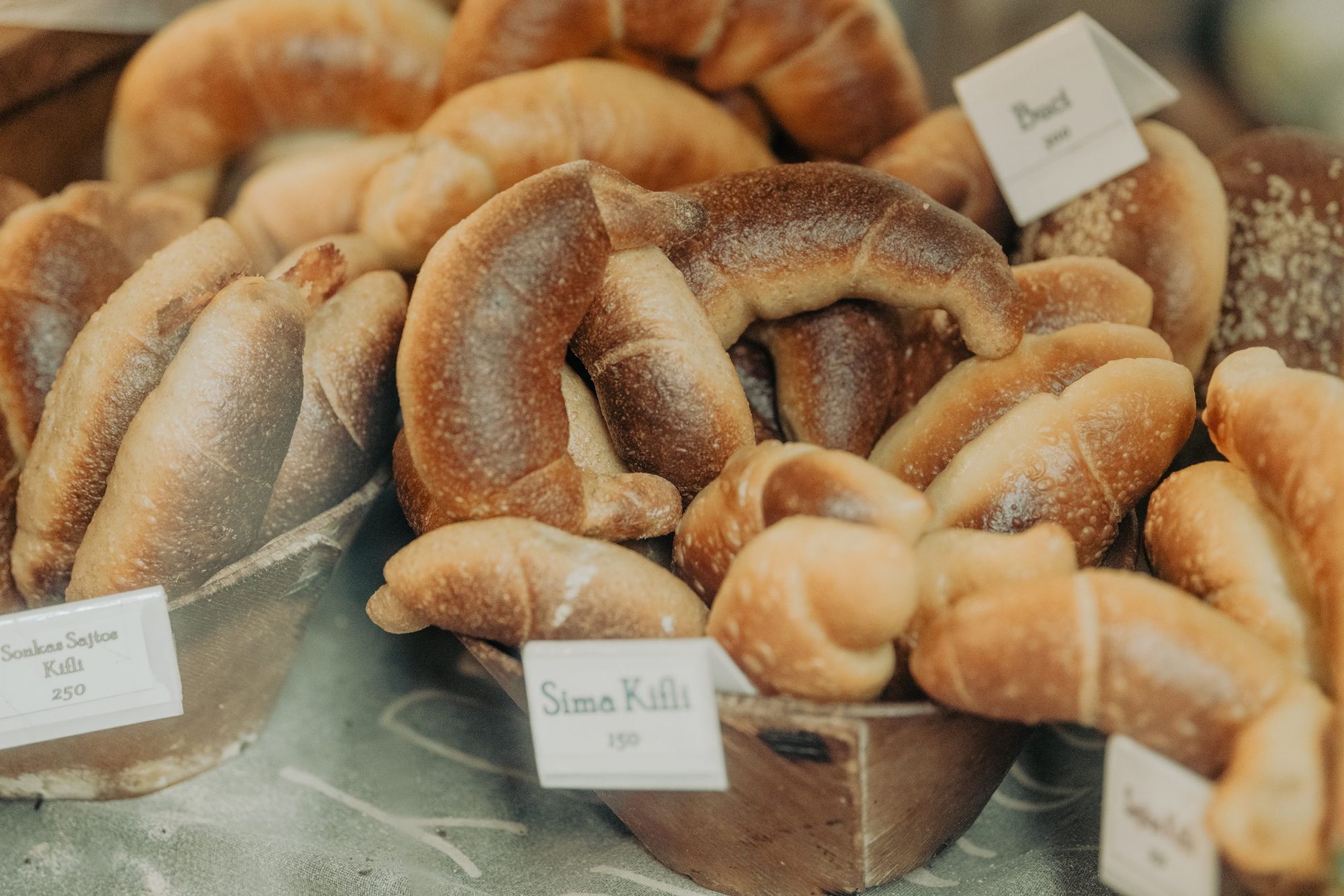
The clientele is an even mix of foreigners and Hungarians, and there’s a steady flow of customers, thanks to the reasonable prices. They bake a different kind of sourdough bread every day, so if you’re looking for classic flavors, this is the place to go. Karen is in the shop from 2 am six days a week, and everything bears her handprint. Even though she has helpers in the workshop—since her husband has returned to his original vocation—she knows that it’s her presence that makes the shop so special. That’s why Tortuga will never become a franchise because it wouldn’t offer the same experience—she wants to live and pass on the magic of the moment to everyone.
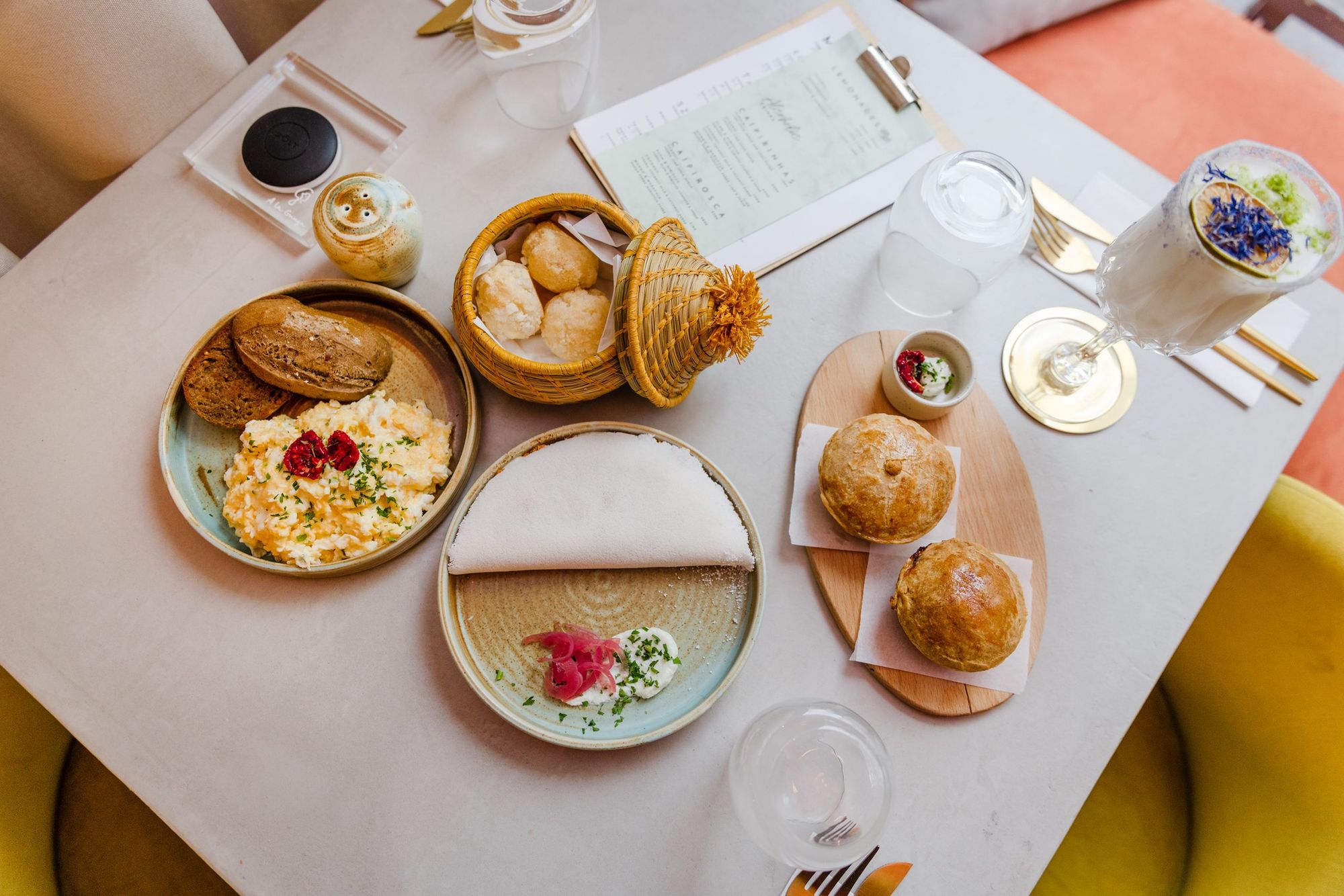
If you can’t decide whether to have breakfast or lunch, it’s worth heading to Mihály Vitkovics Street, as a real gem is hiding in one of the most secluded streets of downtown Budapest. A la Gringa is the restaurant of a young but seasoned young lady, Marissa Reisman Vieira, who has a natural connection to us, as her grandmother is of Hungarian origin. Years ago, her grandmother decided to return home to search out her Jewish relatives and invited Marissa to stay with her—first for a month or two, then finally for a decade.

Marissa studied business management at the International Business School (IBS), then worked for IBM (interestingly, her grandfather brought the first computer to Brazil), and in the meantime, missing the flavors of home, she took up cooking. There were no authentic Brazilian restaurants in Budapest at the time, so friends and acquaintances would come in droves, even bringing extra chairs when there was a shortage of seats. When she felt she had grown out of this, she started looking around and eventually opened A la Gringa, a metropolitan yet incredibly homely bistro full of human honesty and subtle detail.

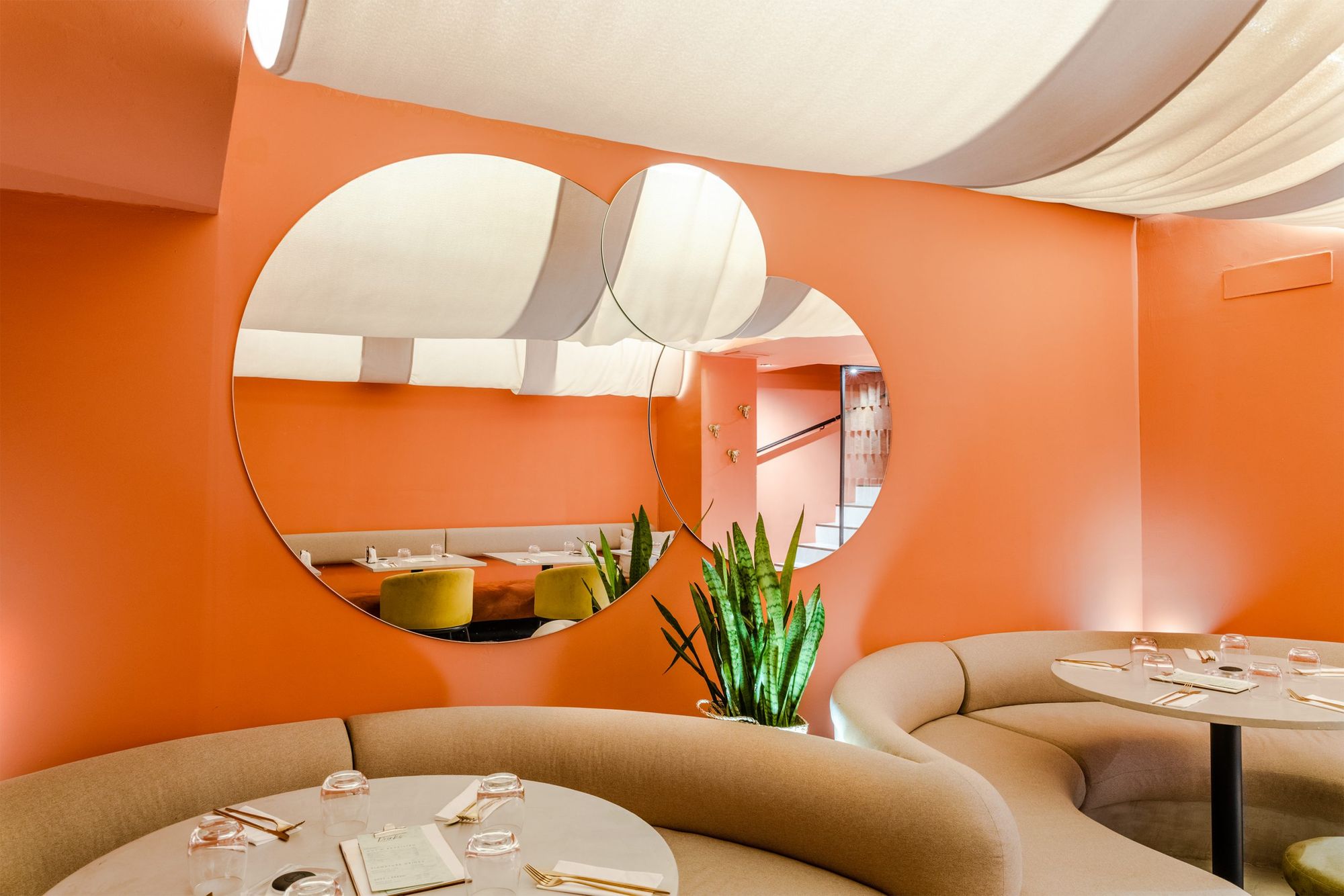

Marissa wanted a place where good food, a good atmosphere, and good people came together. Growing up close to nature, she has core memories of eating green beans raw in the garden or snooping around the cook as she prepared the food. The breakfast at A la Gringa is reminiscent of these days, with an incredibly creamy omelet stuffed with cheese, and empanadas, but not the way you would usually find them in Hungary—stuffed with chicken or leek, and the pastry is incredibly crispy and crunchy from all the butter, almost like filo pastry. The bounty on the table brings a smile to our faces for many reasons, including the discovery of how similar Brazilian and Hungarian cuisine are, like how everything is made with red onions and garlic, the foundation of their recipes. The pão de queijo is basically a cheese scone, only it’s made with tapioca flour, so it’s more fluffy and naturally gluten-free.
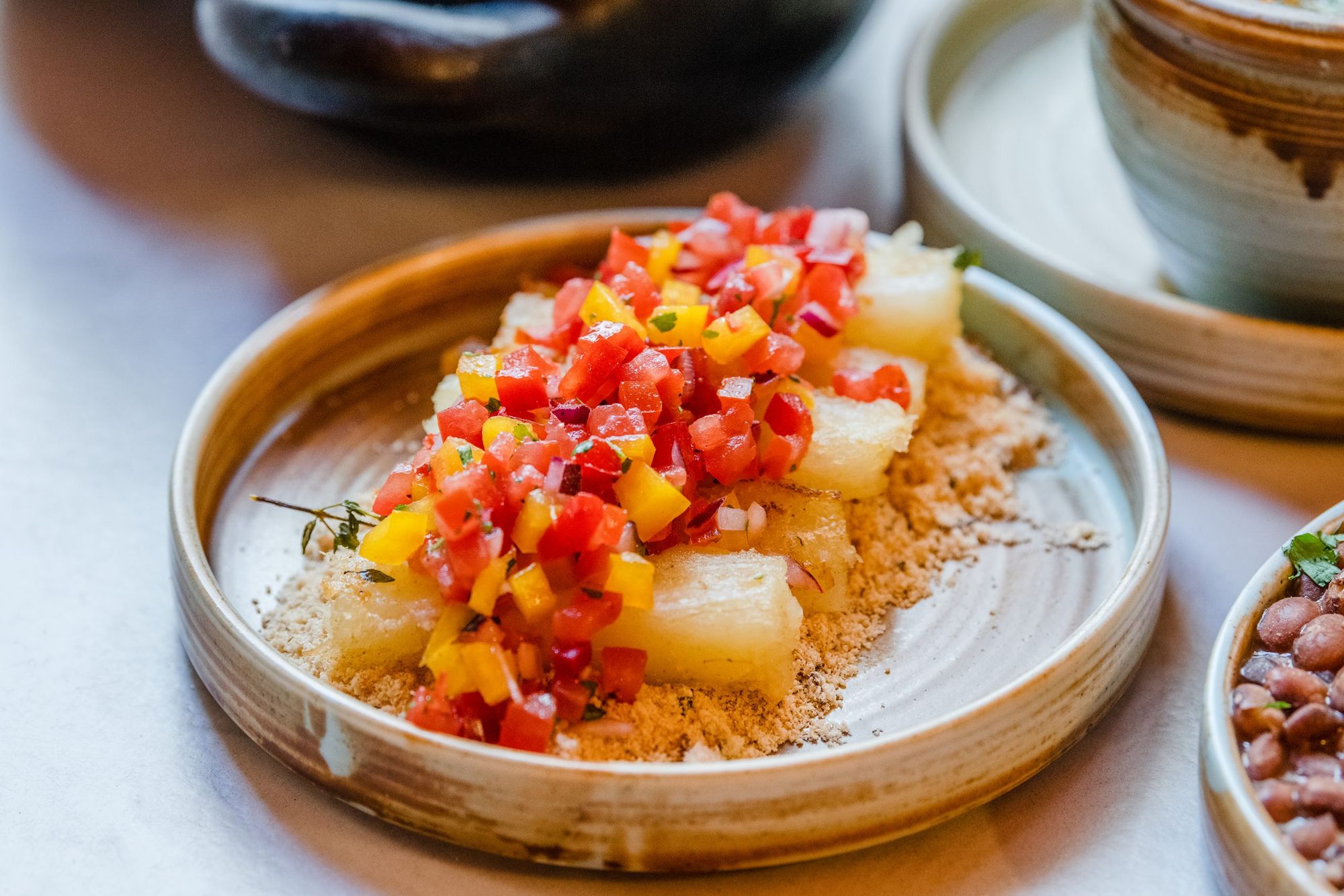
Tapioca/manioc/cassava is a root vegetable with a high starch content and is used in a variety of forms. For example, its flour is used to make a pie stuffed with a cheesy chicken ragout, but it can also be eaten whole, steamed, or fried in butter and served with homemade salsa. It’s incredibly exciting, crispy, sweet, and soft inside, a completely different experience from our usual potatoes. Even the farofa, the ground version, when roasted is a lot like our bread crumbs, it’s hard not to fall in love with it.
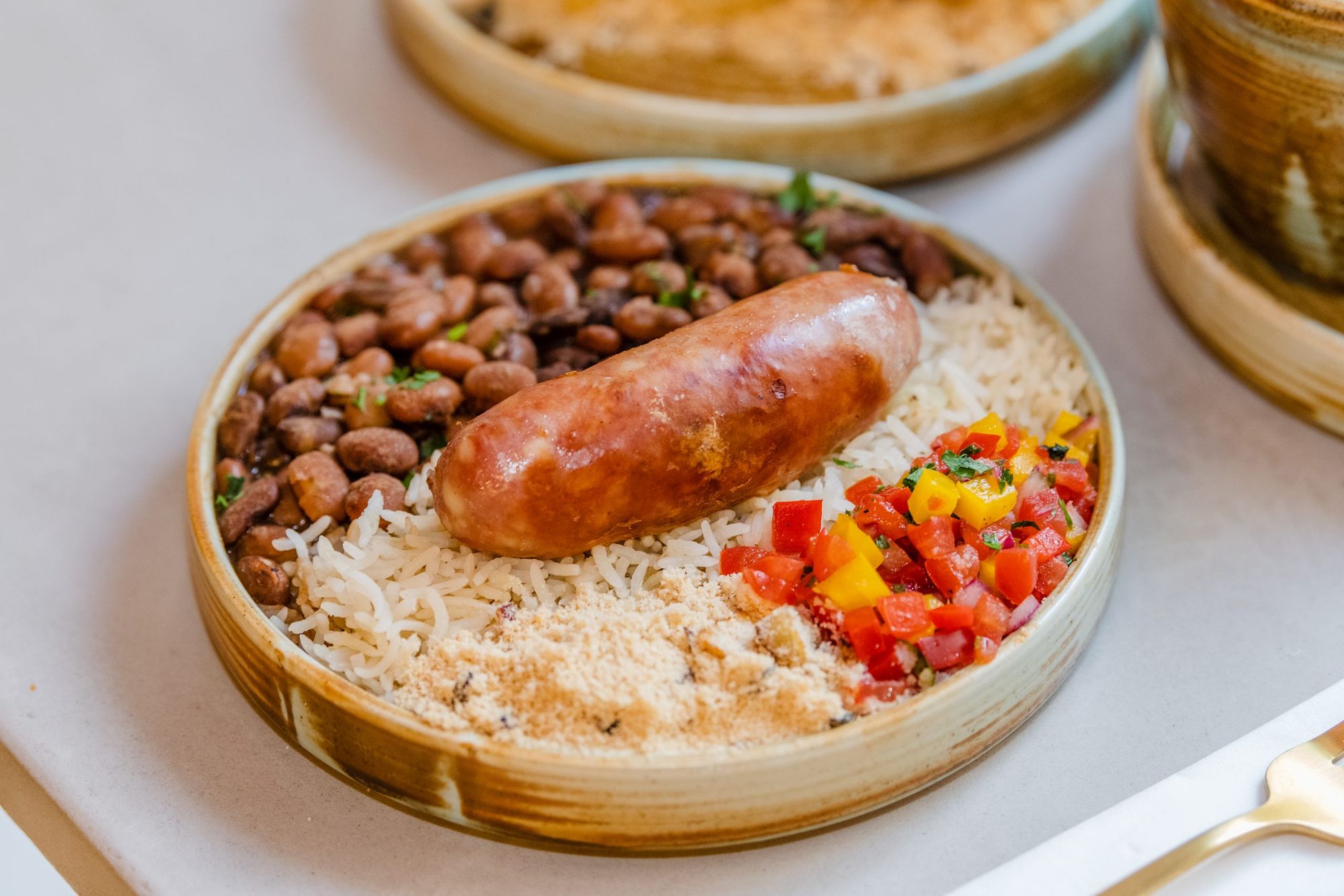
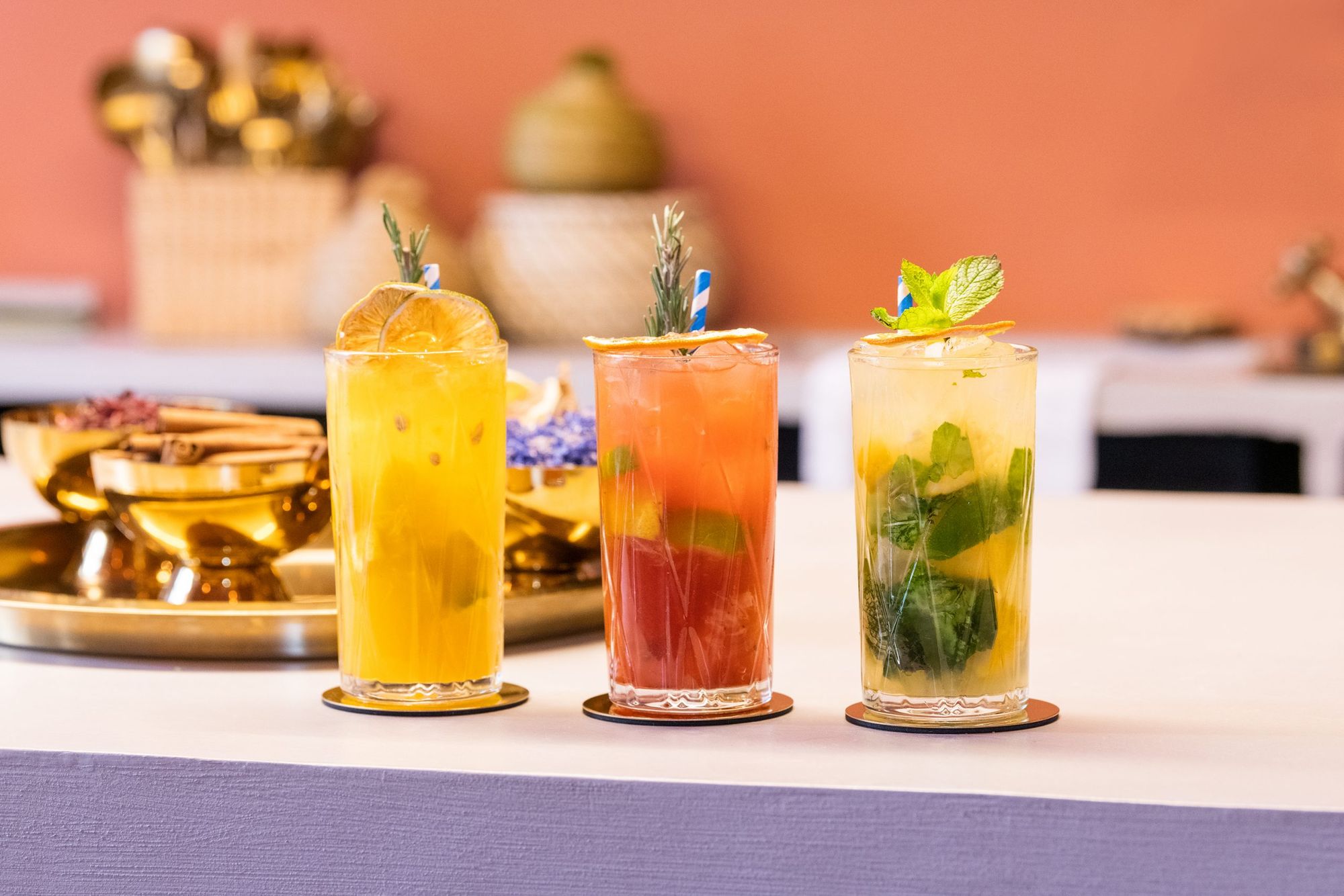
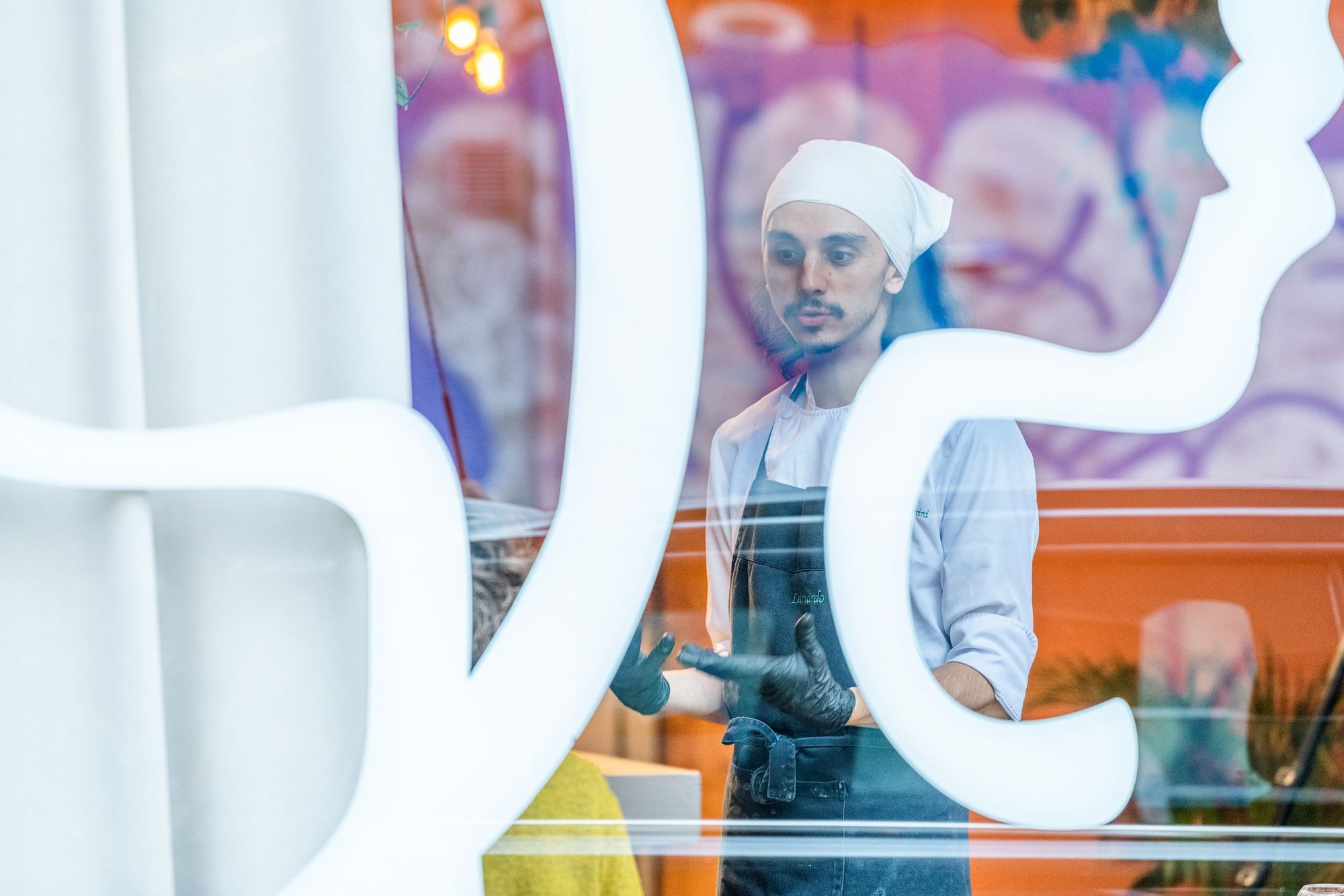
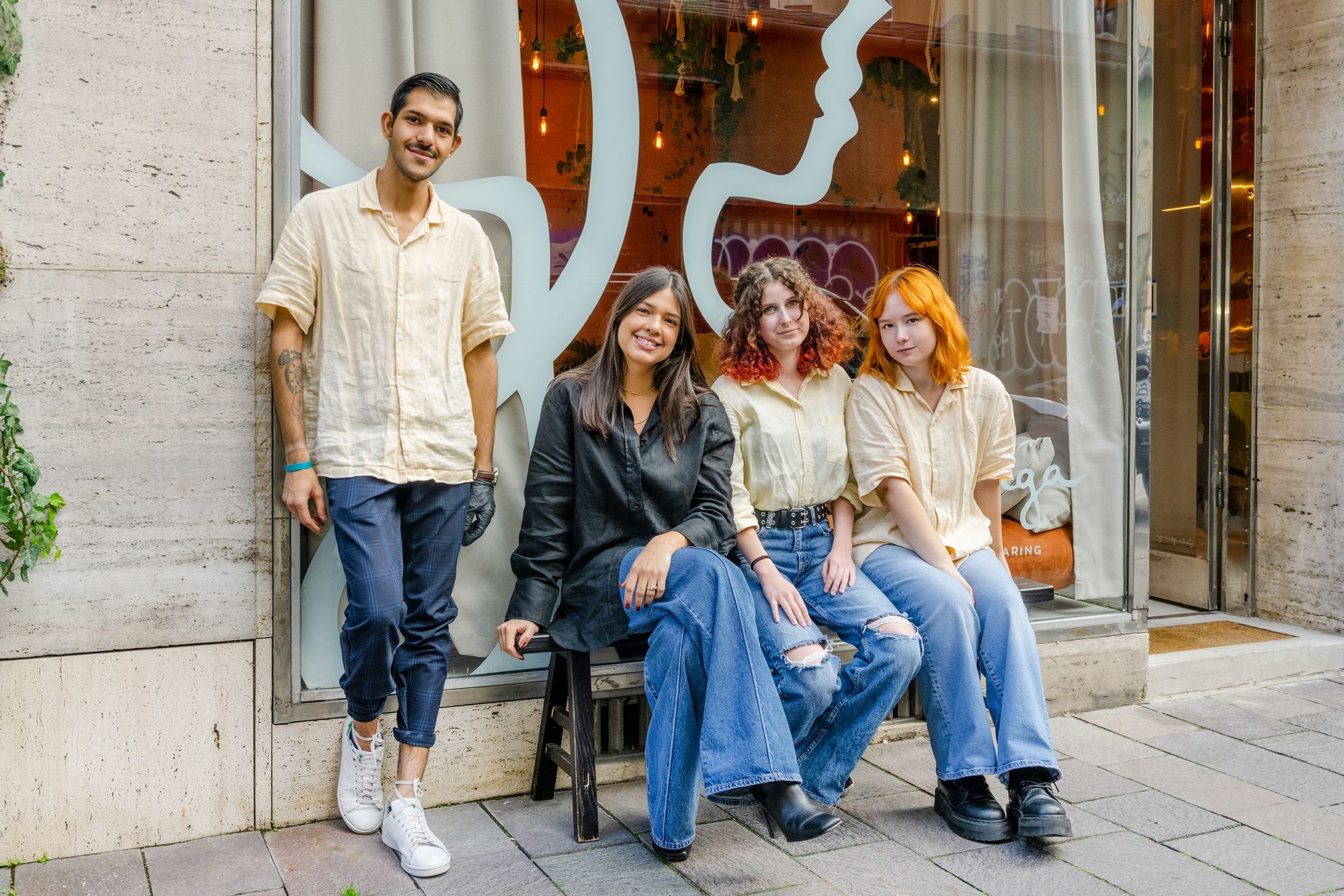
For fans of single-course meals, the prato feito is highly recommended, which consists of rice, bean ragout, tomato, and some kind of topping, either sausage, omelet, or the aforementioned tapioca. A more robust dish is the beef picadinho, which is a stew-like ragu with carrots, coriander, and, of course, onions, served with spicy rice, or with moqueca, which is a coconut milk-crab chili ragout with lots of tomatoes, a favorite of the guests. All this is accompanied by great cocktails, a beautiful, sophisticated interior (the work of Andrea Kriskó,) and incredible service. Marissa’s heart was in finding people that she also helps by inviting the to the team, so guests are welcomed by Iranian and Ukrainian refugee colleagues alike. The warm hospitality is not just on the surface, but is clearly genuine: they come up to ask how we like the food, and whenever he can, Leo, the Brazilian chef, will also pop out for a kind word. “Stay a while, try this and that!”—and the day practically flies by. Still, as a finale, let’s have a brigadeiro carrot cake with a condensed milk-cocoa-butter glaze.
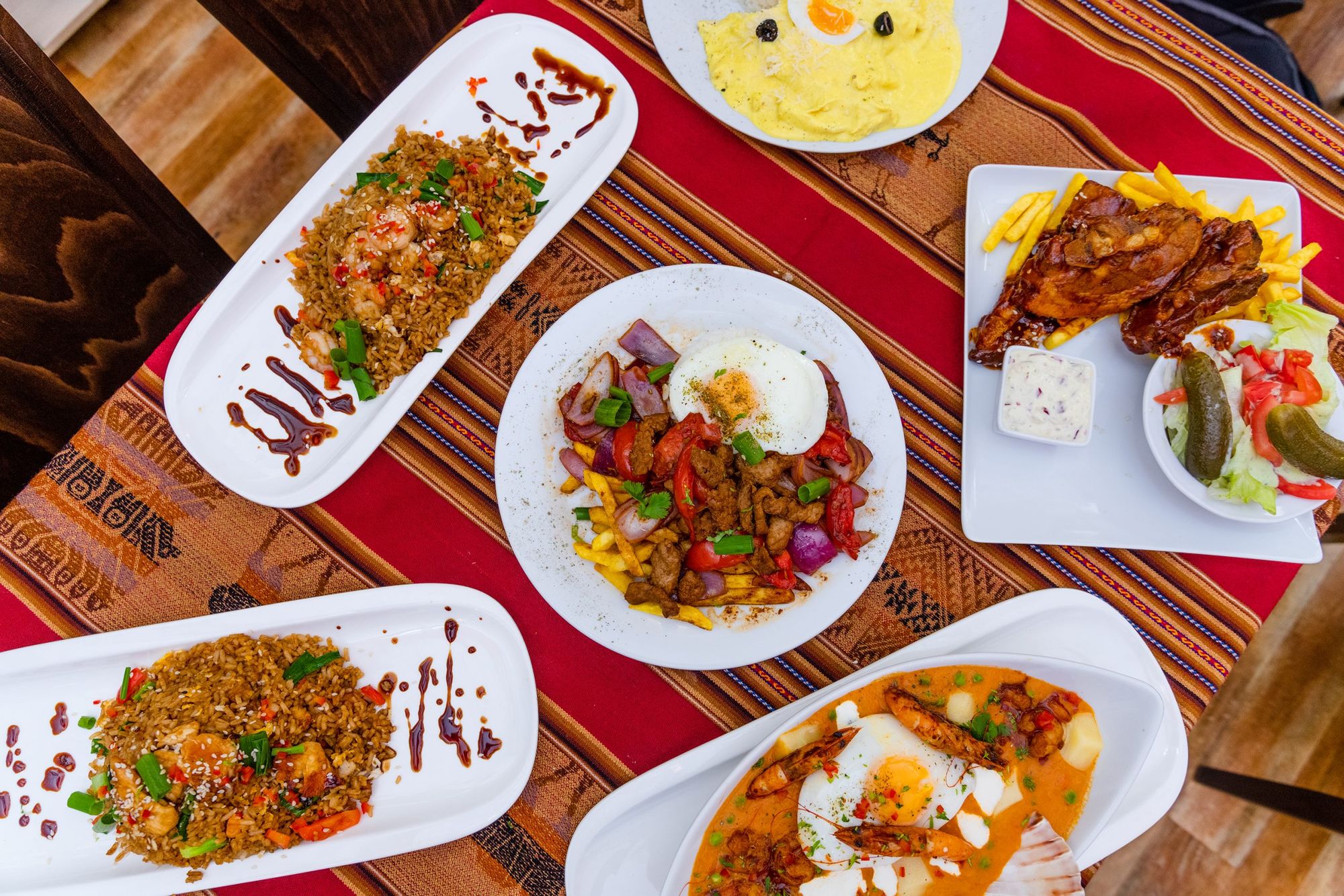
Heading west and crossing over into the wilds of the Andes, you’re in for a thrilling ride. This is Peru, the heart of the former Inca Empire, a country that only gained independence 200 years ago. With nearly 35 million inhabitants, it’s not exactly small, yet it is hardly known among Hungarians. This is where Carlos Tito arrived from with his wife Milagros some 28 years ago. For a long time they had wanted to open a Peruvian restaurant, but they couldn’t find the right place for it. In 2017, luck smiled upon them when they came across an empty shop on Budapest’s Ráday Street, just as they began importing Peruvian products into the country. Their aim was to promote their traditional cuisine and to cater to the 150-200 strong Peruvian and much larger South American community living in the area. This is how the Inka Grill opened.
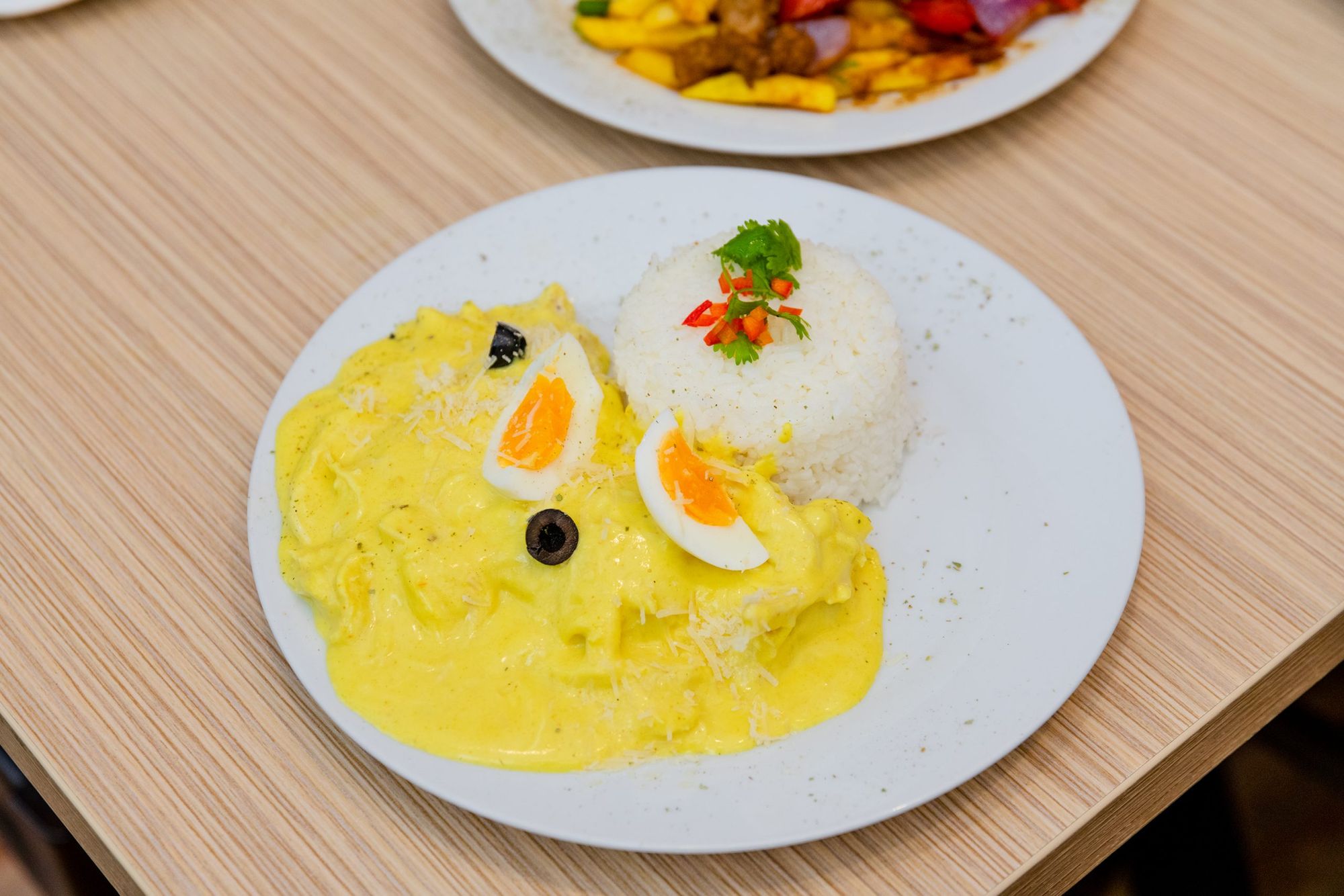
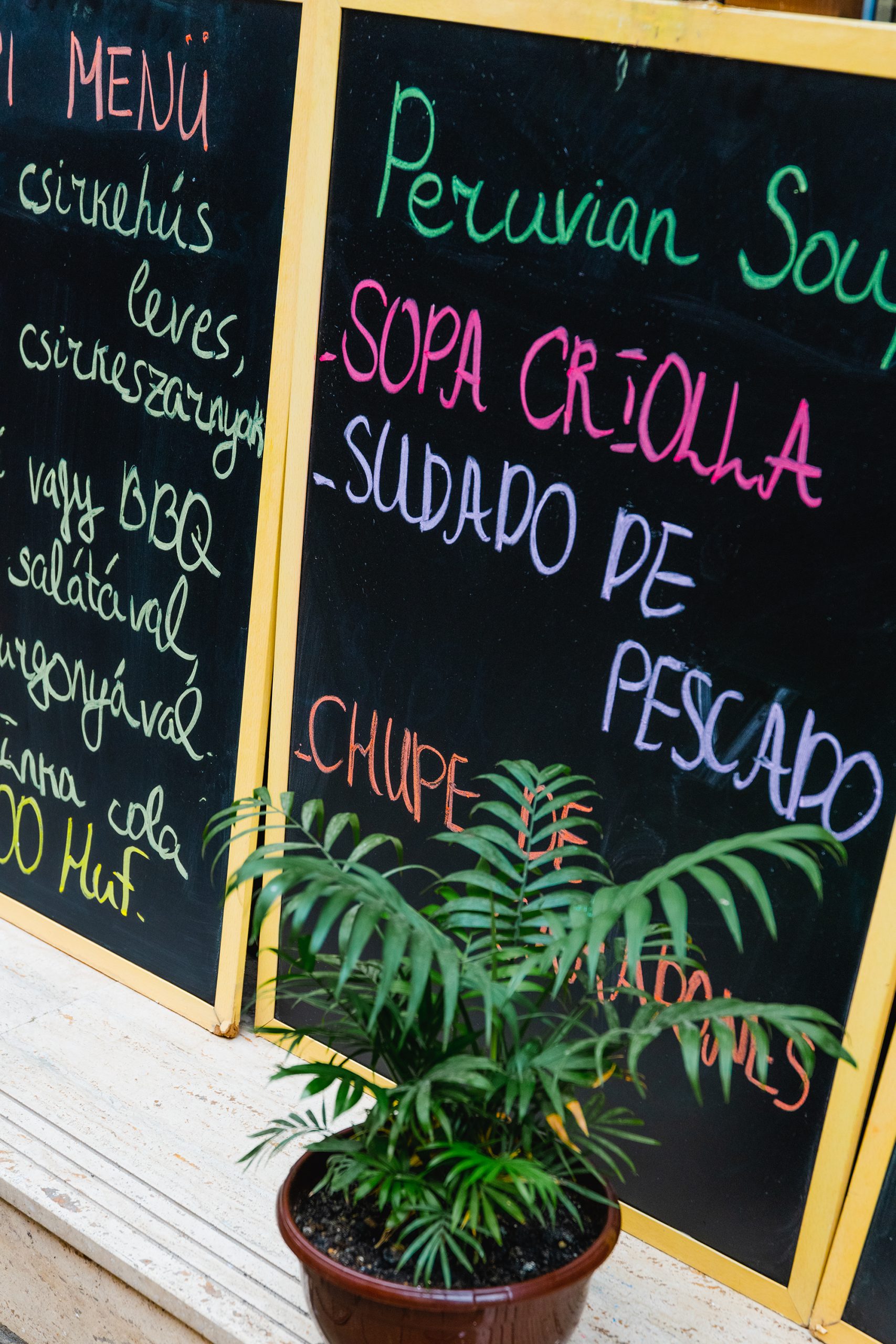

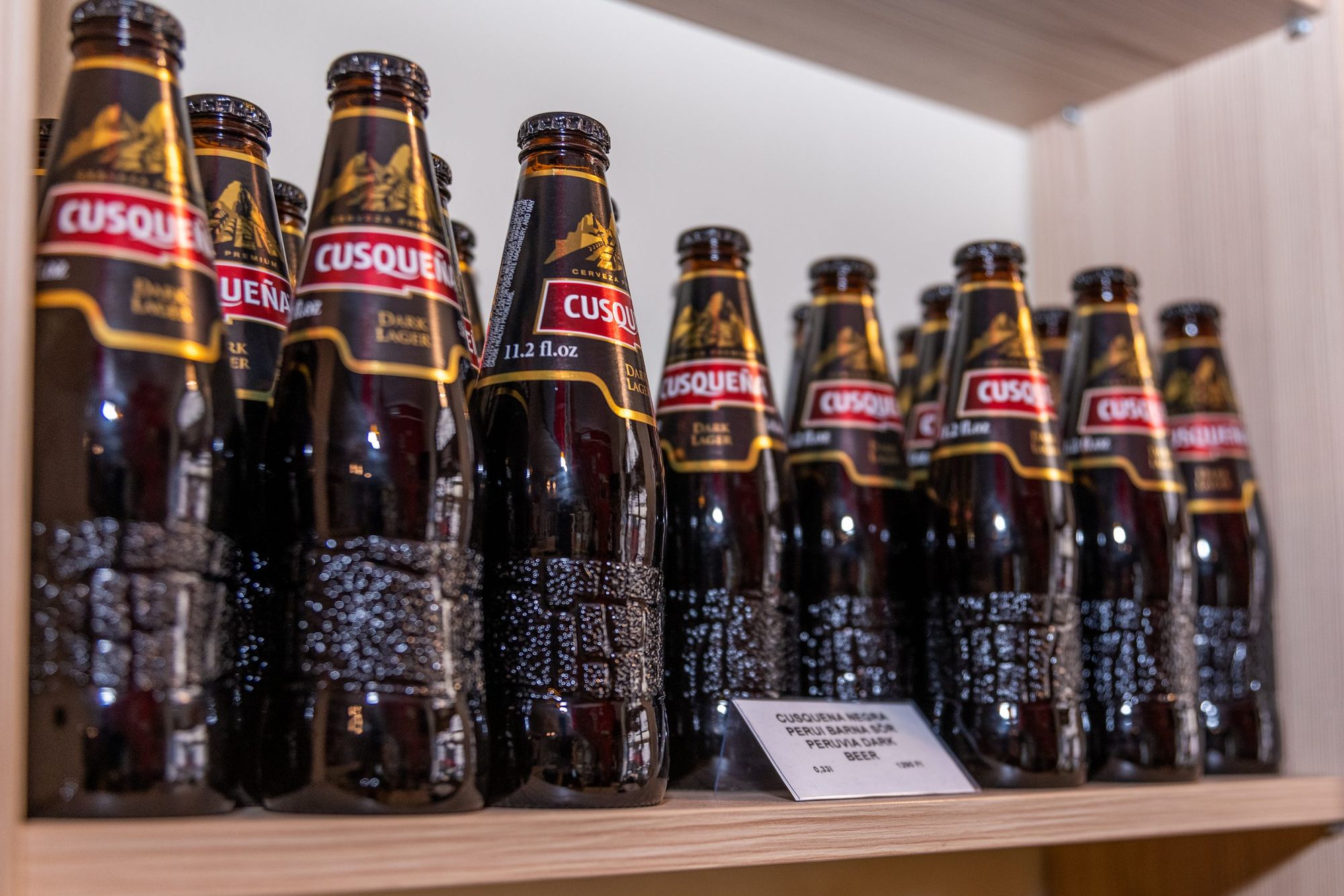

If someone had asked me before writing this article what cuisine is like in Peru, I probably would have said the wrong thing. It is very complex, thanks partly to its diverse microclimates (those of the Andes, forests, the coasts,) and partly to its history. There are more than 2500 varieties of potatoes with only sweet potatoes having hundreds of versions, but thanks to a large number of Chinese and Japanese immigrants, rice farming has also become widespread, while the Spanish conquistadors have made poultry and beef dishes popular alongside guinea pig, llama, and corn. A wide variety of peppers are grown (such as ají panca, ají amarillo, and rocoto), but these are often smoky and spicy rather than hot, so the flavor of food is milder than expected.

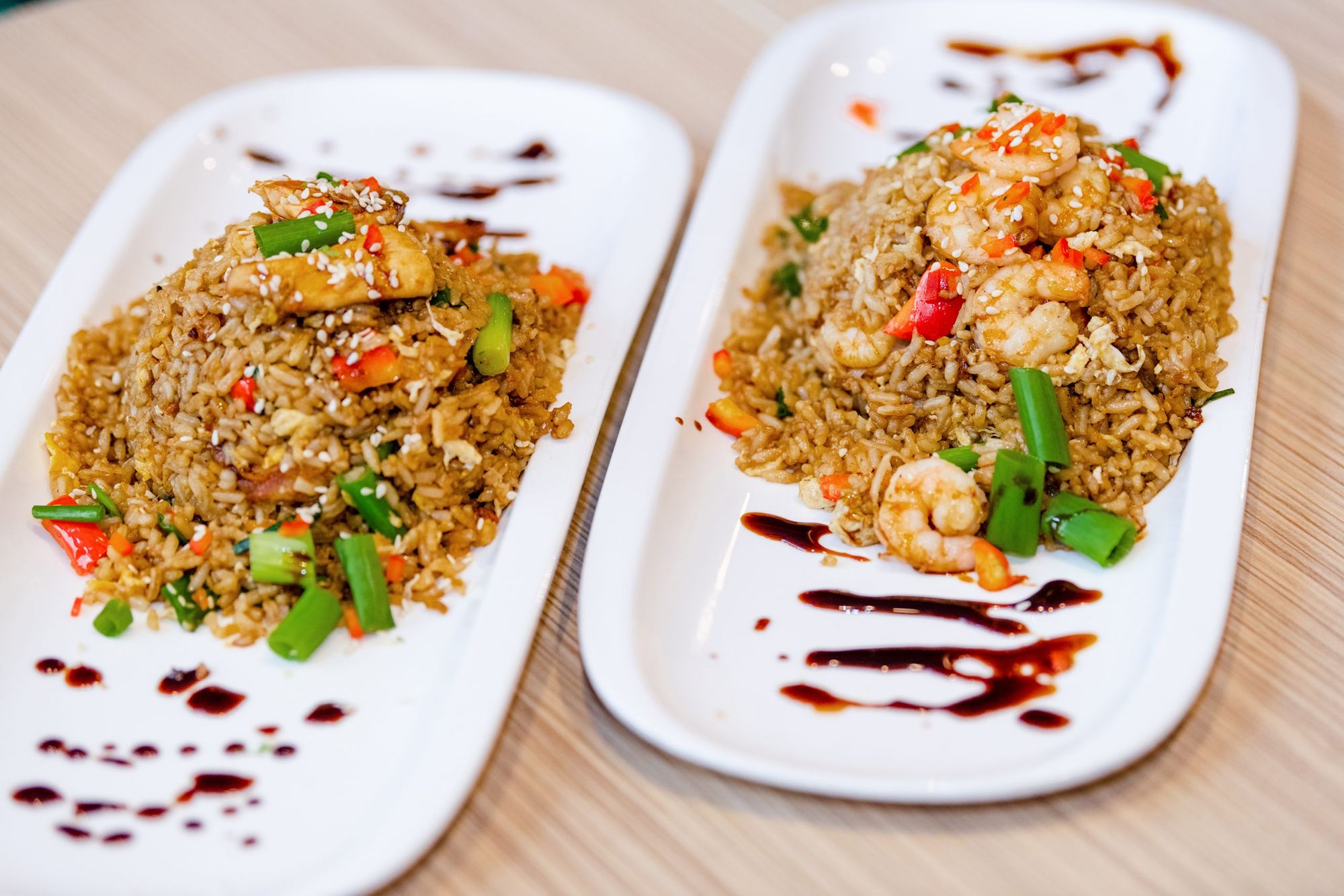

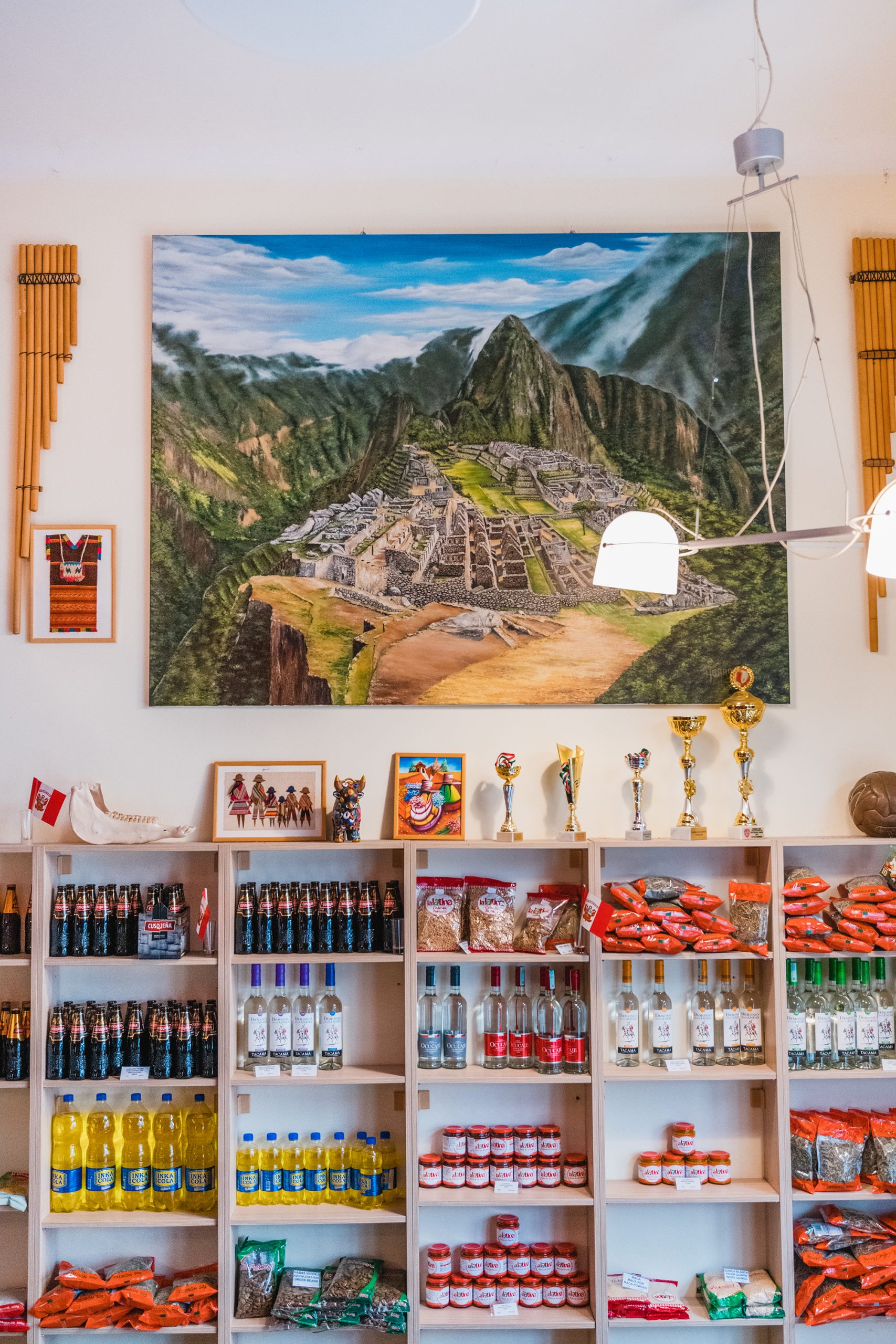
Because of this diversity, some dishes are similar to Chinese fried noodles (they also use soy sauce), while ají de gallina is for example a ragout with creamy sauce. The costillar de cerdo (BBQ pork ribs) or the lomo saltado (sautéed strips of sirloin) served with vegetables, potatoes, and rice will offer familiar flavors to Hungarian customers—although according to the owners, even Hungarians are often surprised that almost all dishes come with double garnishes. Indeed, even the chupe de camarón soup is made with seafood, peas, and milk, along with a large slice of potato (a huge portion like the rest), so you don’t go hungry.

Visitors appreciate all this, which is why there are so many Hungarian regulars. But if you want to try a true national dish, you should ask for pisco (a wine spirit) for a drink and ceviche for a meal. It’s a dish of fish, with a combination of ingredients that greatly reflect the country’s fused culture: lemon-marinated fish from Africa, salted red onions and scallions from Europe, peppers from Asia, and sweet potatoes, chilies, and cancha corn from Peru. Simple, clean, fresh, and colorful—a must-try! And after lunch, it’s worth balancing satiety with a little exercise, such as browsing the shelves for special ingredients like dehydrated potatoes, and unrefined, raw cane sugar, panela.
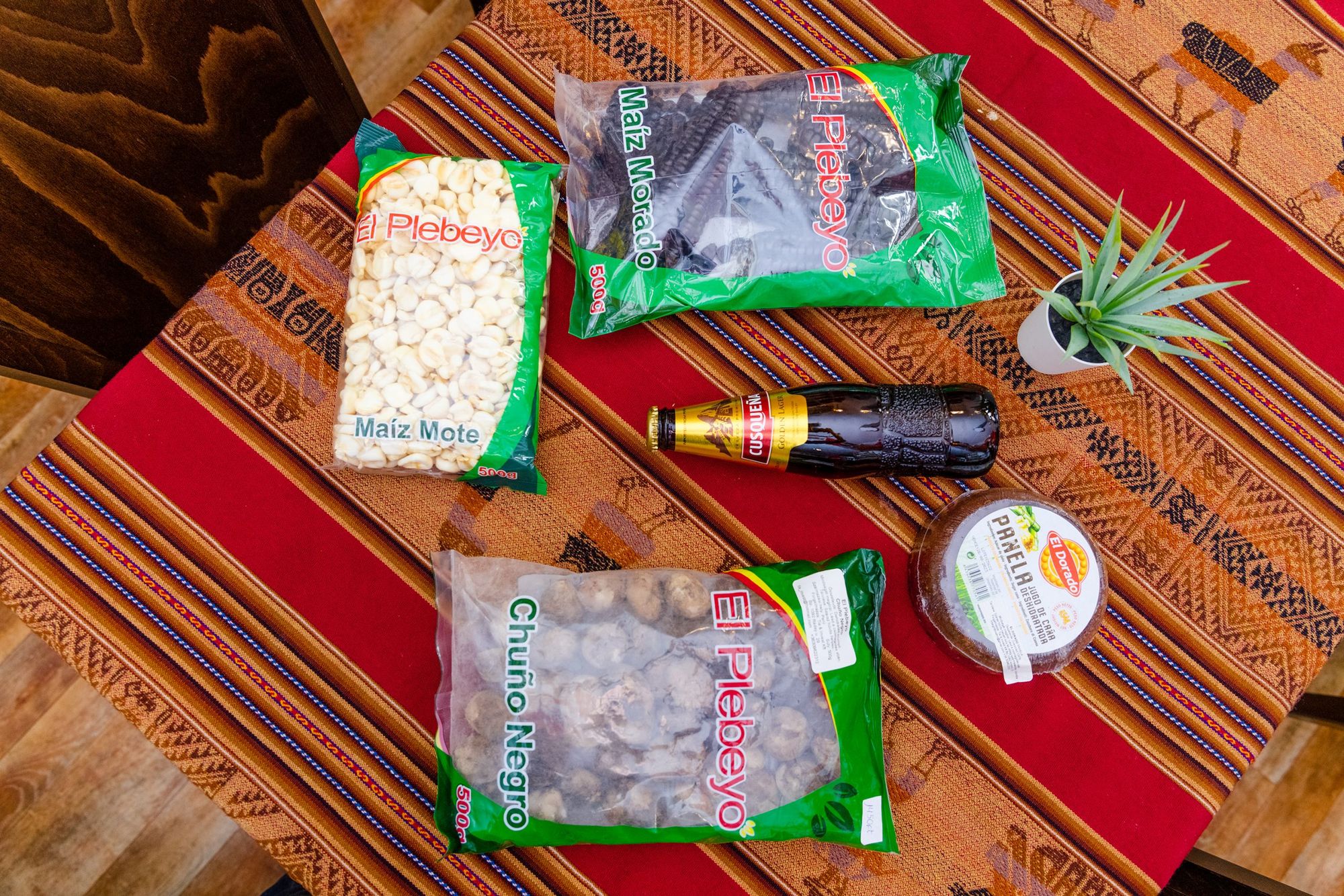
Our adventures did not end here of course, but as perhaps you are already bursting with experiences, we will continue in next Wednesday’s episode!
Photos: Krisztina Szalay
Earlier episodes of the series:

Design cavalcade among the ferns | Mateusz Baumiller
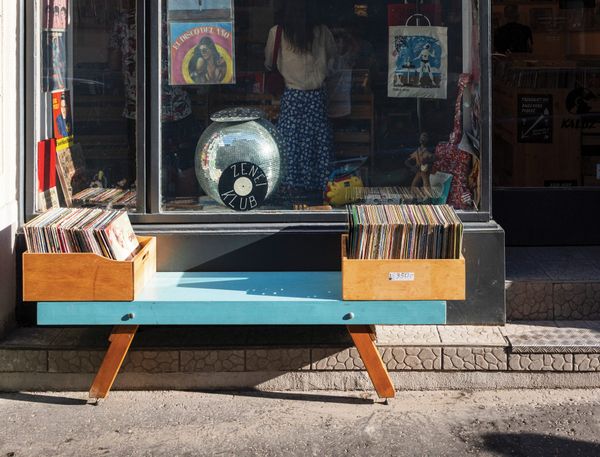
Compressed sounds – digging for vinyl in Budapest










